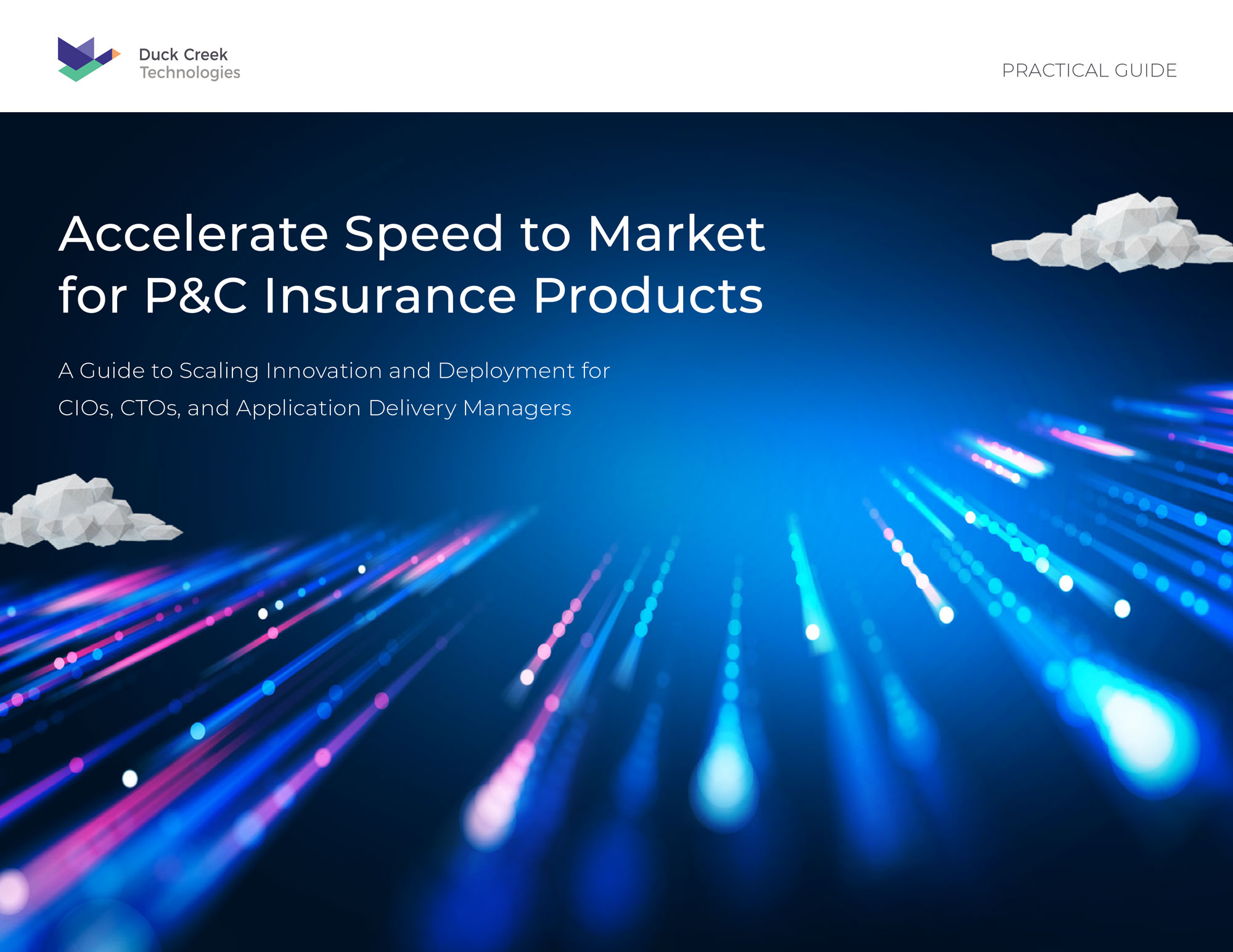Victoria Mills, Principal Product Manager at Duck Creek Technologies, explores how technology is helping insurers advance their strategies in 2022
The last few years have been witness to an extreme overhaul of how we communicate, work, buy goods and seek out services. The world now revolves around technology, and for those businesses that don’t catch up, they risk being left behind.
For insurers, this has meant harnessing a plethora of digital tools that allows them to bring new products to market to meet customer demands; the key to success, however, is to do so quickly and cost effectively – something that product factories can help with.
Product factories are, in effect, a foundation of base products that can be easily tailored to create new, bespoke offerings using low-code configuration tools. This means insurers are able to provide tailored coverage for specific market needs and only work on value-add steps in the process.
This technology enables general P&C insurers to be agile and efficient when it comes to their product development and specialty offerings, replicating the ongoing success of motor and personal lines insurers.
Both sectors are delivering prime examples of how to successfully fill gaps driven by consumer demand. Take, for example, the Deliveroo gig economy, which has expanded at a rapid pace. This service necessitated new coverages for drivers and opened up a whole new and booming customer base, and by having product factories at hand, personal lines insurers are able to meet this gap in the market with a new type of bespoke policy offering – quickly and efficiently.
Learning by example
For property and casualty (P&C) and specialty insurers, the adoption of this level of innovative software is something that can benefit their output too, especially when it comes to providing products to better protect people and property. The key thing is to choose software that doesn’t hinder them or rely on maintaining legacy systems, which can ultimately drain IT budgets. Software as a service (SaaS)-based insurance platforms are, therefore, the ideal solution.
These systems support constant innovation via scalable solutions, which means P&C and specialty insurers are able to launch market-relevant products by reusing common base product definitions across their portfolios and adding their rating and coverage differentiators to make the product unique.
This allows insurers to offer tailored product offerings without creating products from scratch every time. Furthermore, changes are automatically inherited by the line of business and coverage level, which means insurers can continually reuse common elements and definitions across products repeatedly. At Duck Creek, we refer to these systems as “inheritance models.”
Buy vs Build
For many insurers, working with a SaaS technology provider will be a new way of managing their relationship with a vendor. Forming a relationship with a trusted partner that allows them to provide innovative solutions, without taking on big build projects and costly upgrades, is an exciting step in the evolution of their technology strategy. In effect, it’s all about adapting, iterating and being able to make changes in an agile way, meaning insurers can focus on value-add processes.
The most successful of these transformation projects are ones where IT and associated business functions work together in partnership; where cross-functional teams bring different skills to deliver speed and agility, customer service and operational efficiency – all without building something bespoke.
Despite this, the debate for “buy versus build” is one that continues to wager on, and when faced with budget constraints, strategic and tactical trade-offs are inevitable. However, with insurers needing the agility and security to progress forwards – something which inhouse solutions can’t always deliver – the tide is beginning to turn.
A digital journey
If the last few years have taught us anything, focusing on your customer’s needs and delighting them with innovative but reliable products is key. Wrestling with disparate systems shouldn’t be part of this challenge. Your systems should be helping to make the journey easier.
In order to remain competitive, insurers need to rationalise products and eliminate manual processes and legacy systems. For the future insurer, it is all about choosing a platform that is infinitely configurable, one that enables them to create innovative policies that can be tailored to meet different complex and evolving demands.
It is all about having the ability to speed up production time, to cut cost and delivery time, to reduce maintenance costs and to market products more efficiently. It is this that will give insurers a competitive edge.
And with the right product inheritance structure, built on a low-code SaaS platform, insurers can begin this journey. Because that’s what developing a product factory is all about; it’s a journey where partnerships are made, and where insurers are able to grow and reinvent themselves with new products that provide better coverage, smarter risk management, and ultimately, happier customers.
